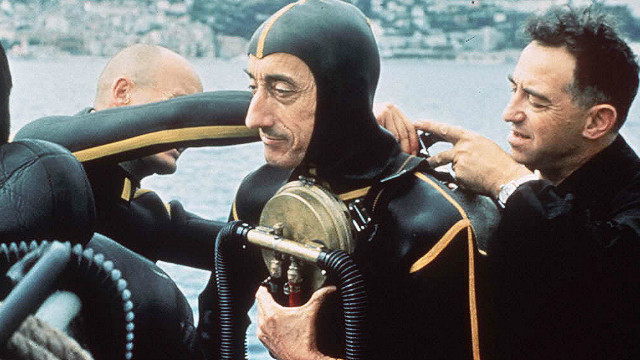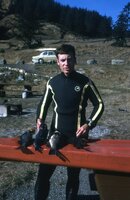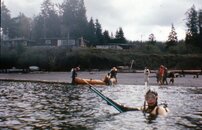J.DANI
Registered
- Messages
- 17
- Reaction score
- 7
Hello, David!.
Cousteau photo is 1954 ( Medas Islands , Spain . I facilitate another image of the same day). Really , the wetsuit is of rubber , neoprene not . The other pictures to come from my blog, and wetsuit "Tarzan" is from my collection . But I want to fix a silver wetsuit " Rediscovery of the World".
Thanks, and best regards!!


Cousteau photo is 1954 ( Medas Islands , Spain . I facilitate another image of the same day). Really , the wetsuit is of rubber , neoprene not . The other pictures to come from my blog, and wetsuit "Tarzan" is from my collection . But I want to fix a silver wetsuit " Rediscovery of the World".
Thanks, and best regards!!






